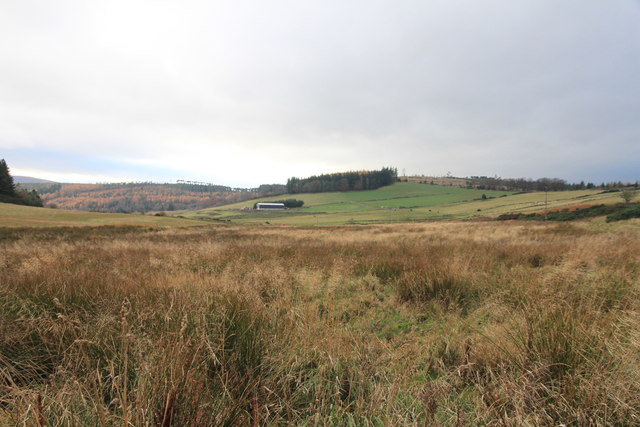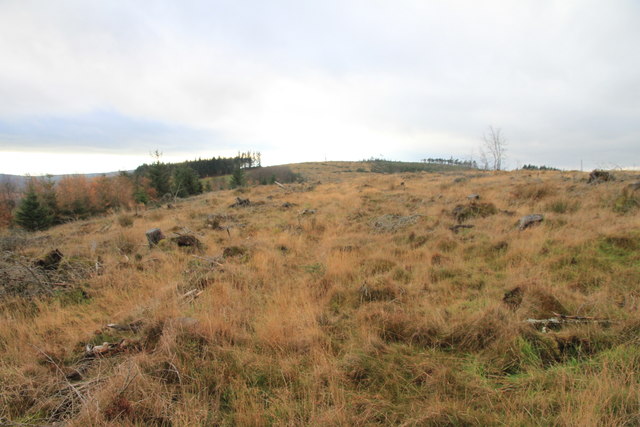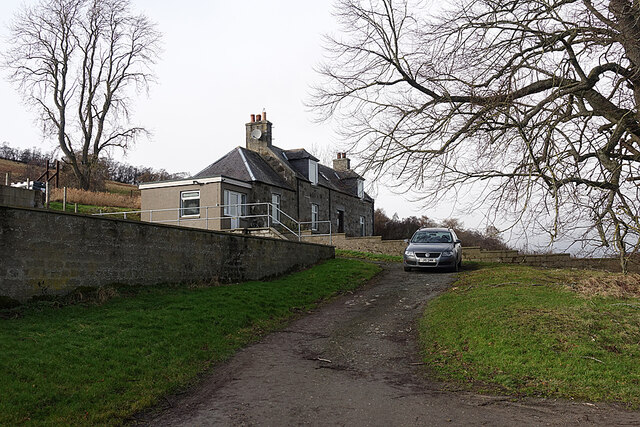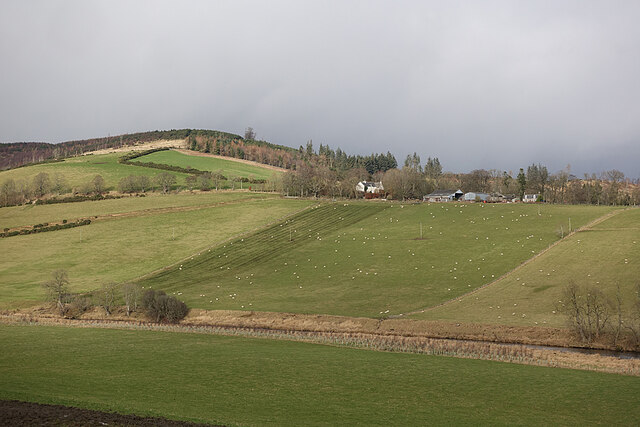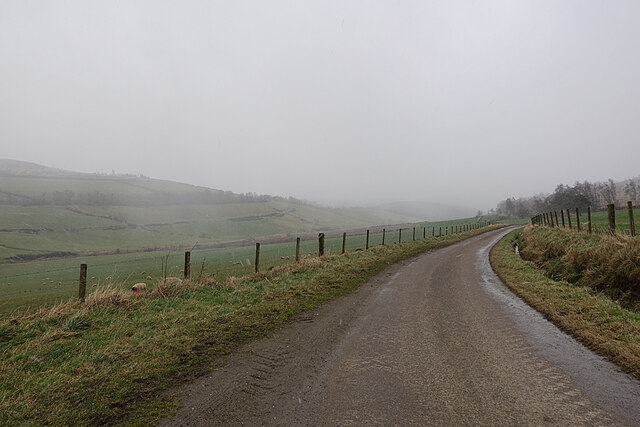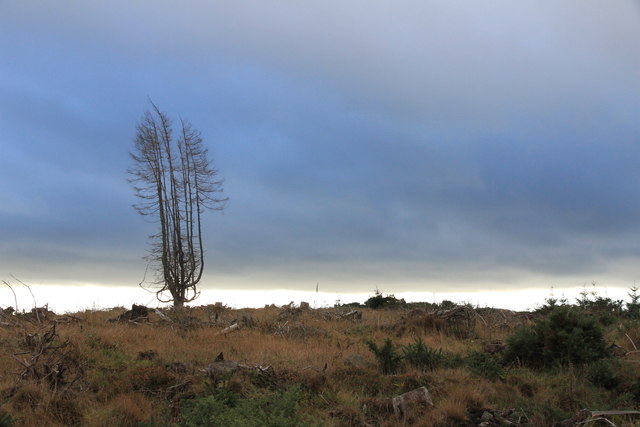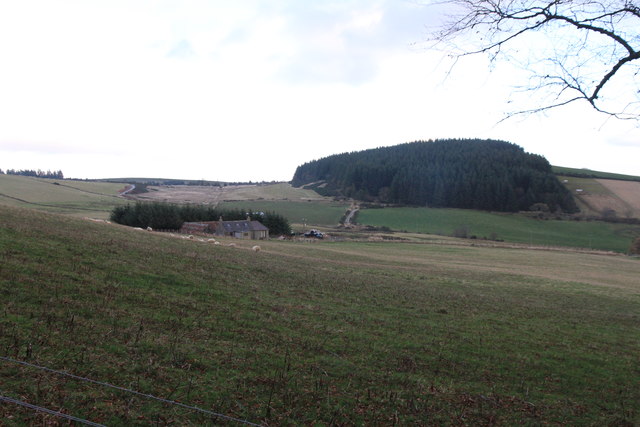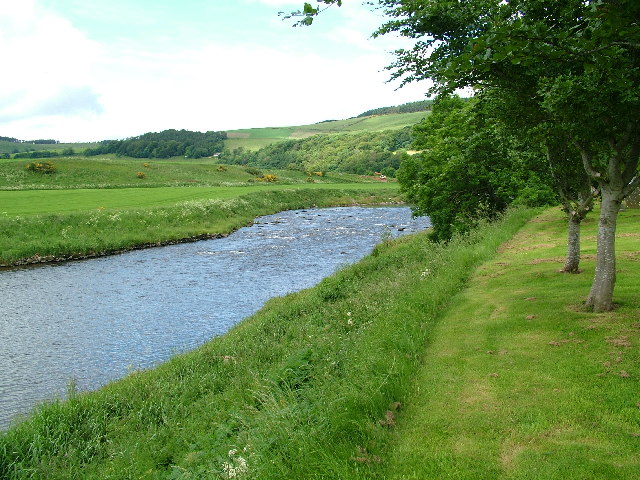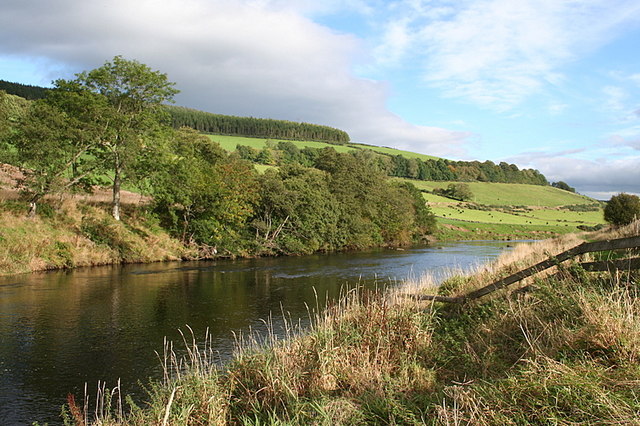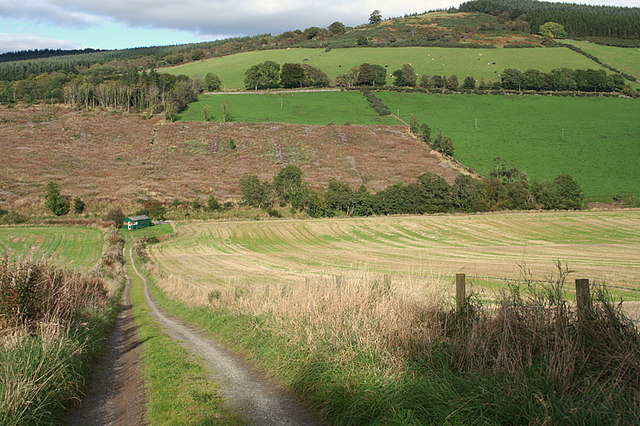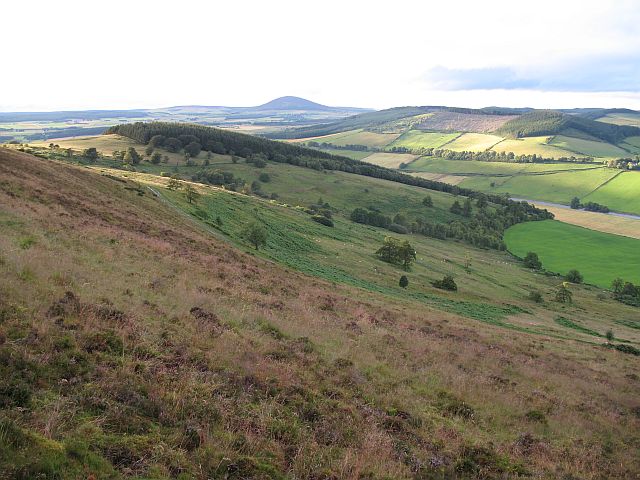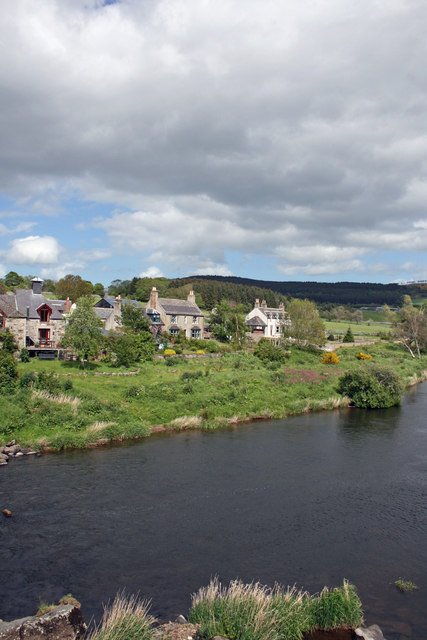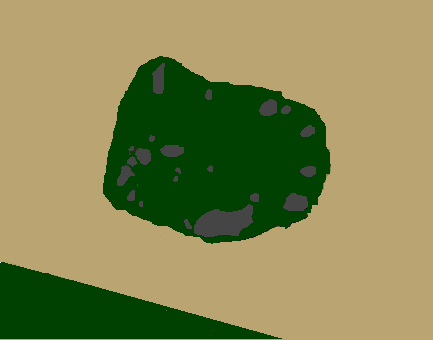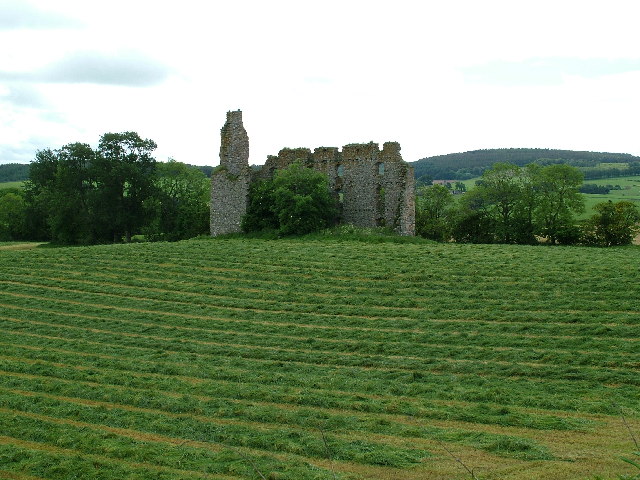Hill of Mayen
Hill, Mountain in Banffshire
Scotland
Hill of Mayen
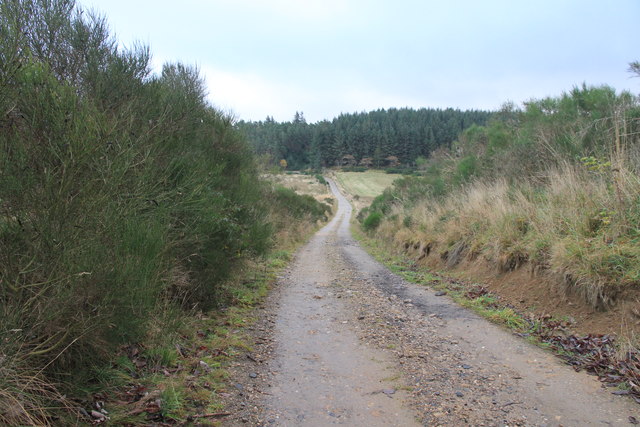
Hill of Mayen is a prominent hill located in Banffshire, Scotland. Rising to an altitude of approximately 282 meters (925 feet), it offers panoramic views of the surrounding countryside. Situated near the village of Aberchirder, the hill is a popular destination for outdoor enthusiasts and nature lovers.
Covered in heather and grass, Hill of Mayen boasts a gentle slope that makes it accessible to hikers of all abilities. Its well-maintained trails and paths provide an enjoyable and rewarding experience for visitors. The hill's summit offers breathtaking vistas, allowing visitors to admire the picturesque landscapes of Banffshire and beyond.
Rich in biodiversity, Hill of Mayen is home to a variety of plant and animal species. The hill's vegetation includes heather, grasses, and wildflowers, providing habitats for insects, birds, and small mammals. It is not uncommon to spot red grouse, rabbits, or even the occasional deer while exploring its slopes.
The hill's proximity to Aberchirder makes it easily accessible for both locals and tourists. Its tranquil setting and natural beauty make it an ideal spot for picnics, leisurely walks, or simply enjoying the peacefulness of the Scottish countryside. Whether it's a family outing, a romantic stroll, or a solitary hike, Hill of Mayen offers a serene escape from the hustle and bustle of everyday life.
In conclusion, Hill of Mayen in Banffshire is a stunning natural landmark, offering visitors a chance to immerse themselves in the scenic beauty of the Scottish countryside. With its gentle slopes, well-marked trails, and breathtaking views, it is a must-visit destination for those seeking tranquility and a connection with nature.
If you have any feedback on the listing, please let us know in the comments section below.
Hill of Mayen Images
Images are sourced within 2km of 57.525606/-2.7063134 or Grid Reference NJ5748. Thanks to Geograph Open Source API. All images are credited.

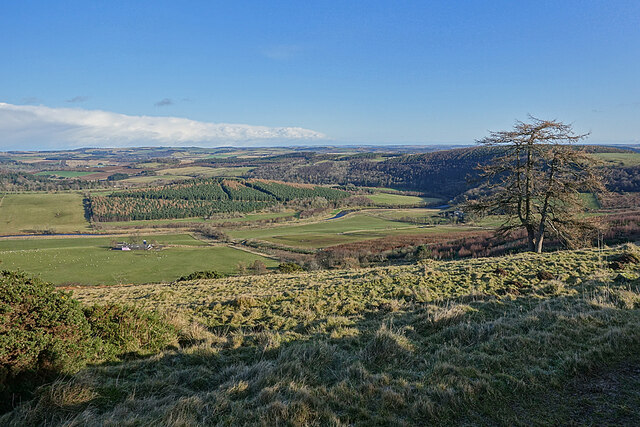
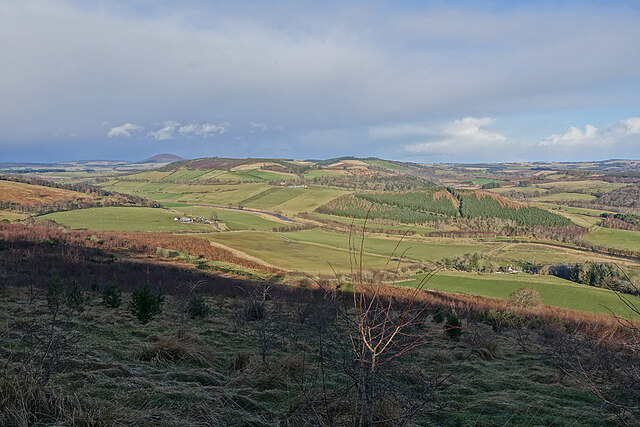
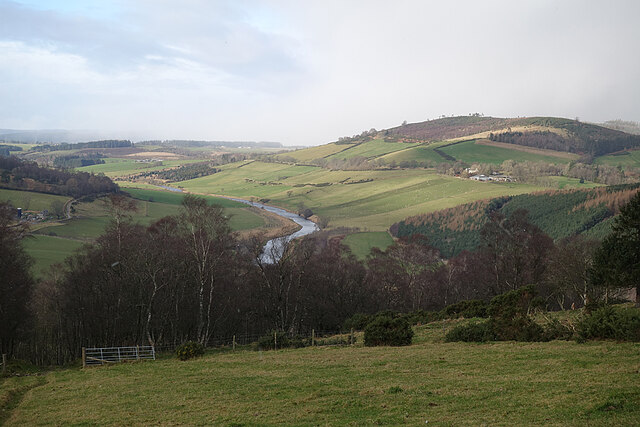
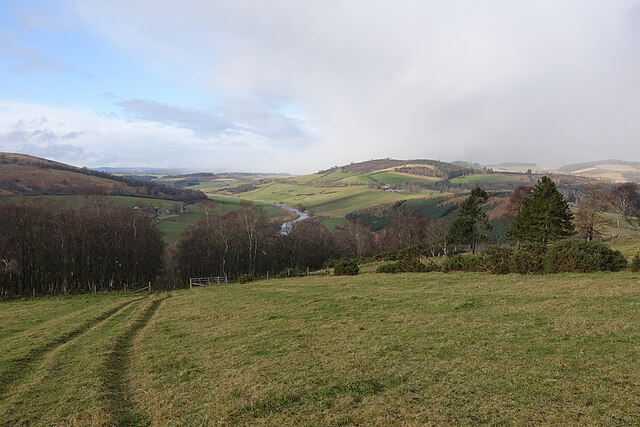
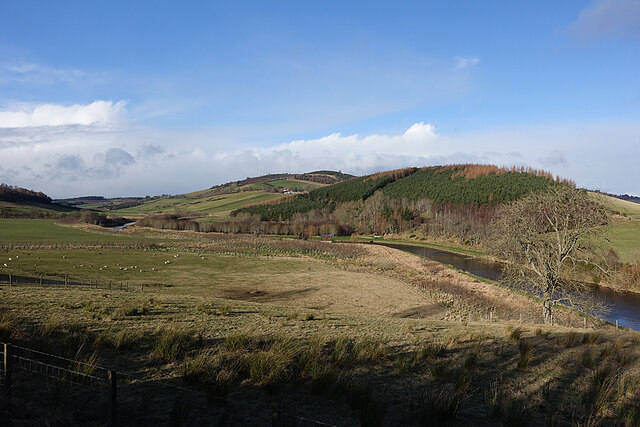
Hill of Mayen is located at Grid Ref: NJ5748 (Lat: 57.525606, Lng: -2.7063134)
Unitary Authority: Moray
Police Authority: North East
What 3 Words
///midwinter.coffee.completed. Near Aberchirder, Aberdeenshire
Nearby Locations
Related Wikis
Mountains Burn
Mountains Burn is a burn which marks the boundary of the parish of Huntly, Aberdeenshire, Scotland. == References ==
Fourman Hill
Fourman Hill is a hill located west of Bogniebrae, Aberdeenshire, Scotland. It has an elevation of 1,127 feet (344 m). A cairn near the summit marked the...
Milltown of Rothiemay
Milltown of Rothiemay (Scottish Gaelic: Ràth a' Mhuigh) is a small inland village, built mostly of granite, in the north-east of Scotland and is within...
Yonder Bognie
Yonder Bognie is a stone circle in Aberdeenshire, Scotland. It is located in an agricultural field under private ownership and is a scheduled monument...
Bognie Castle
Bognie Castle (also called Conzie Castle) is a ruined castle near Huntly and Banff in the Aberdeenshire region of Scotland. It was built in the 17th century...
Bogniebrae
Bogniebrae () is a small rural settlement in Aberdeenshire, Scotland. It is located at the junction of the A97 and B9001 roads, six miles (ten kilometres...
River Isla, Moray
The River Isla (Scottish Gaelic: Uisge Ìle) is a tributary of the River Deveron in North-East Scotland. The area surrounding it is known as Strathisla...
Avochie Castle
Avochie Castle is a ruined tower house, dating from the 16th century, or early 17th century, around 4.5 miles (7.2 km) north of Huntly, east of the river...
Nearby Amenities
Located within 500m of 57.525606,-2.7063134Have you been to Hill of Mayen?
Leave your review of Hill of Mayen below (or comments, questions and feedback).
